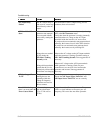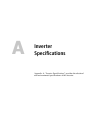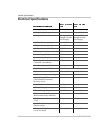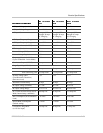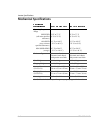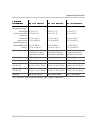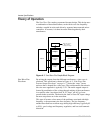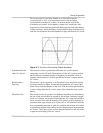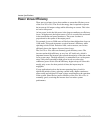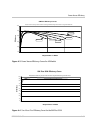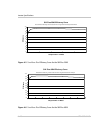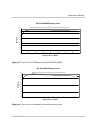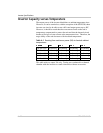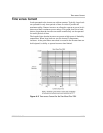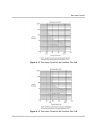
Inverter Specifications
A–8 976-0043-01-02
Power Versus Efficiency
There are two primary losses that combine to create the efficiency curve
of the Sine Wave Plus. The first is the energy that is required to operate
the inverter at full output voltage while delivering no current. This is the
no load or idle power.
At low power levels, the idle power is the largest contributor to efficiency
losses. At high power, the largest source of loss is a result of the resistance
in the transformer and power transistors. The power lost here is
proportional to the square of the output power.
For example, losses at 2,000 watts will be four times higher than losses at
1,000 watts. This graph represents a typical inverter's efficiency while
operating resistive loads. Inductive loads, such as motors, are run less
efficiently due to the impact of power factor losses.
The Sine Wave Plus offers an extremely good efficiency curve. The
inverter reaches high efficiency at very low AC load levels, which is
important because the inverter often spends the majority of the time at the
lower power range. The high efficiency is maintained over a wide power
range. Only when operating at high power levels at or above the
continuous power levels does the efficiency begin to drop off. Since this
usually only occurs for short periods of time, the impact may be
negligible.
If your application involves the inverter powering heavy loads for
significant periods of time, selecting a model with a higher continuous
power rating and a higher DC input voltage would improve the operation
of the system. Since the low power efficiency of the Sine Wave Plus is
extremely good, oversizing the inverter does not reduce system
performance.



